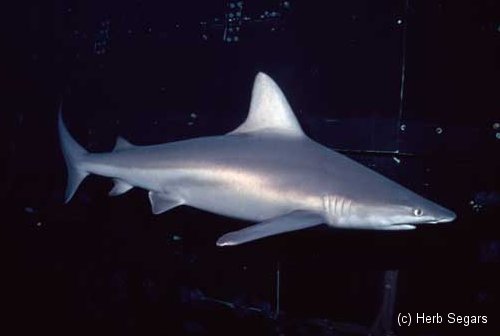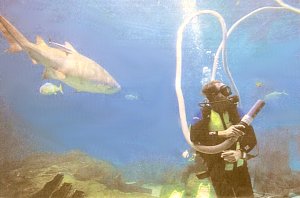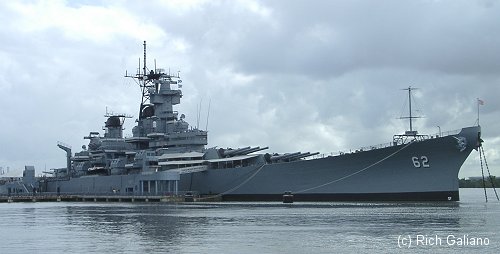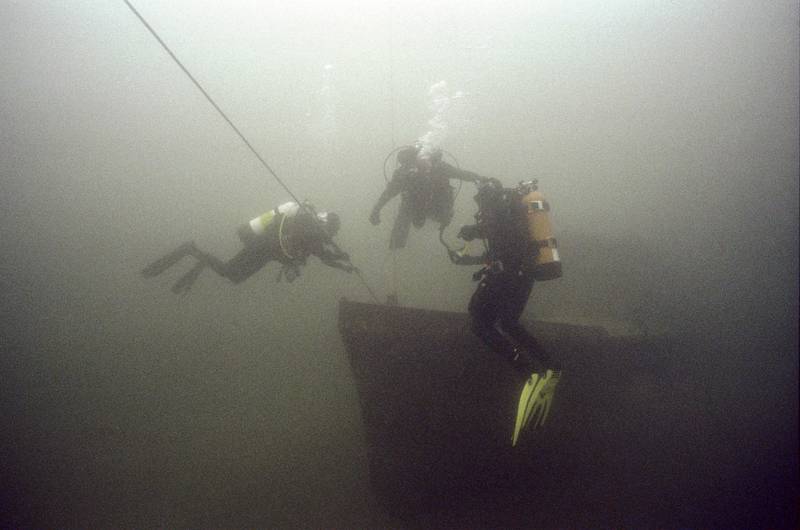New Jersey Aquarium


Volunteer divers at the aquarium assist with food preparation, cleaning and maintaining work area and exhibits, perform dive demonstrations, and assist aquarists when necessary. Volunteer must be a certified diver age 18 years and older with at least 25 logged dives; 5 in the last 2 years and 2 in the last 12 months. Volunteer must be able to commit to 2 eight-hour work shifts per month ( same day every other week. ) Volunteer applications are available at the information desk.

The dozen sharks at the New Jersey State Aquarium In Camden are well-fed. That's a good thing for Joel Sanders, a 50-year-old from Woodbury. He and another volunteer diver dress only in wet suits to use a vacuum that cleans algae and other debris from the 760,000-gallon Open Ocean Tank daily. The sharks, which swim in figure-eight patterns, don't pay much attention to the humans, or their vacuum hoses. The toothy predators weigh as much as 400 pounds, and each eats about 2 percent of its body weight in food each week. The sharks feast on a varied menu, including mackerel, croaker, weakfish, herring, flounder and squid. Fortunately, not humans.
PHOTO AND TEXT BY SCOTT LITUCHY
STAR-LEDGER
Other Attractions:


There is also ferry service across the river to the Independence Seaport Museum in Philadelphia, where you can tour the USS Olympia, contemporary of the San Diego, and the USS Becuna. From Penn's Landing, it is just a few blocks to the historic area.



Questions or Inquiries?
Just want to say Hello? Sign the .